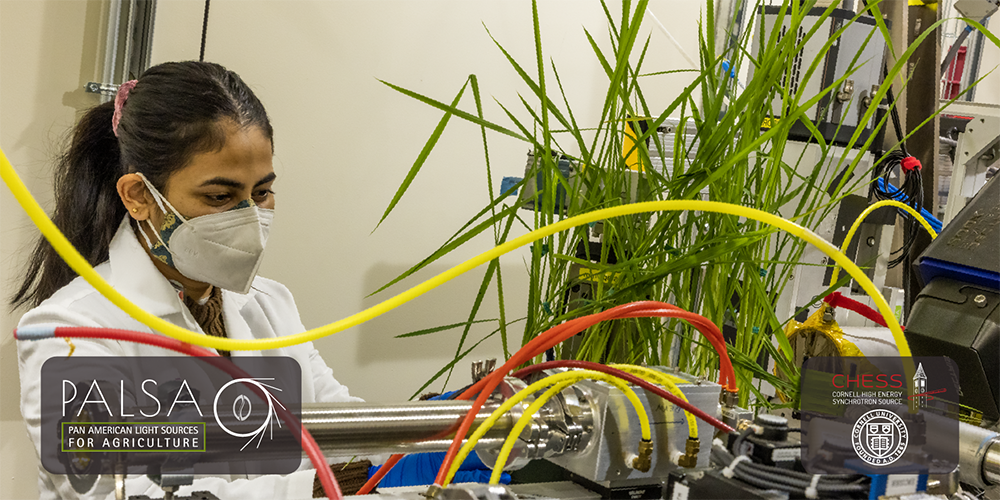Speaker
Description
Climate change and lack of sustainable lifestyles are some of the most critical challenges of our civilization today. It is imperative to change our manufacturing systems and lifestyles to be in-tune with the carrying capacity of our planet. One of the largest contributors to greenhouse gas emissions, excessive water consumption and pollution is agriculture. By changing how we eat, we can have a large positive impact on sustainability. Many non-animal based foods have recently appeared in the market, promising similar eating experience to that of animal based foods, in particular cheese, meat and milk. Even though plant-based milks have progressed well and are accepted as a viable substitute, meat and cheese have not. The main barrier to the acceptance of meat analogues is texture, which is directly related to structure at different length-scales. High moisture extrusion, electrospun scaffolds, 3D printing, laminar shear processing, and other techniques are some of the ways of achieving similar functionalities tothose of muscle tissue (beef, pork, fish), or a piece of cheese. This talk will present a general overview of the synchrotron-based techniques used in our laboratory to help us guide our attempts to reverse engineer a food material’s functionality. In particular, here we will show the development of plant-based cheese and meat using micro-CT, as well as mid-IR spectromicroscopy, as well as adipose tissue analogues using micro-CT. To top it off, we will also present a novel way to temper chocolate using self-assembled phospholipids. Here we show by micro-CT and small-angle X-ray scattering how the tempering process in chocolate is truly a multi-scale problem and how tempering at one length-scale, does not guarantee tempering at the next one, which is critical in the manufacture of good chocolate. The key role of synchrotron science in solving applied problems will be highlighted.

